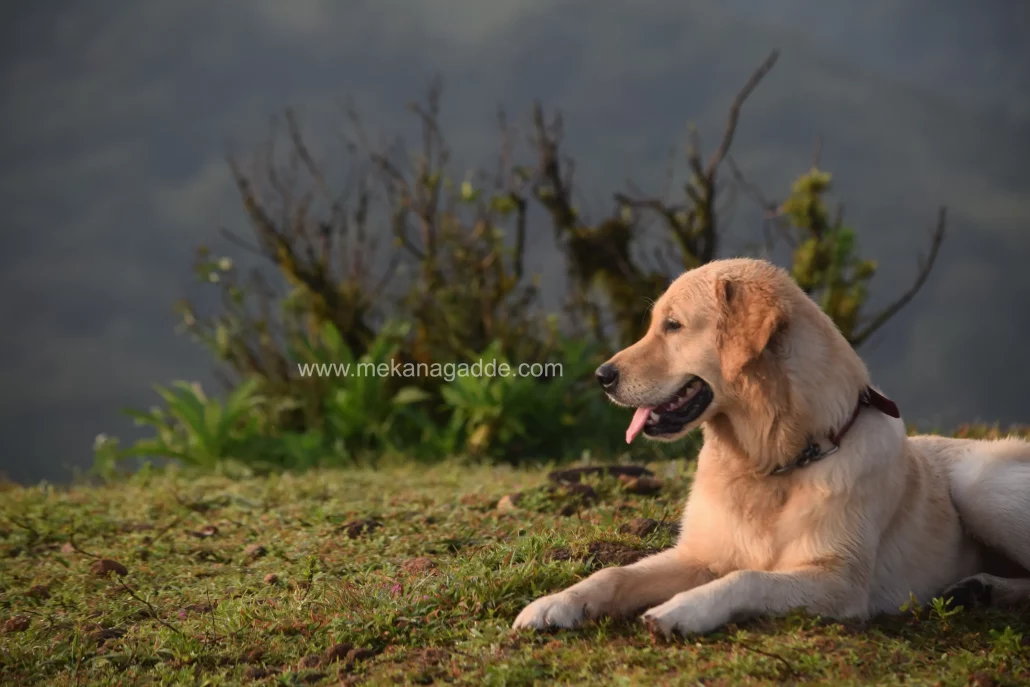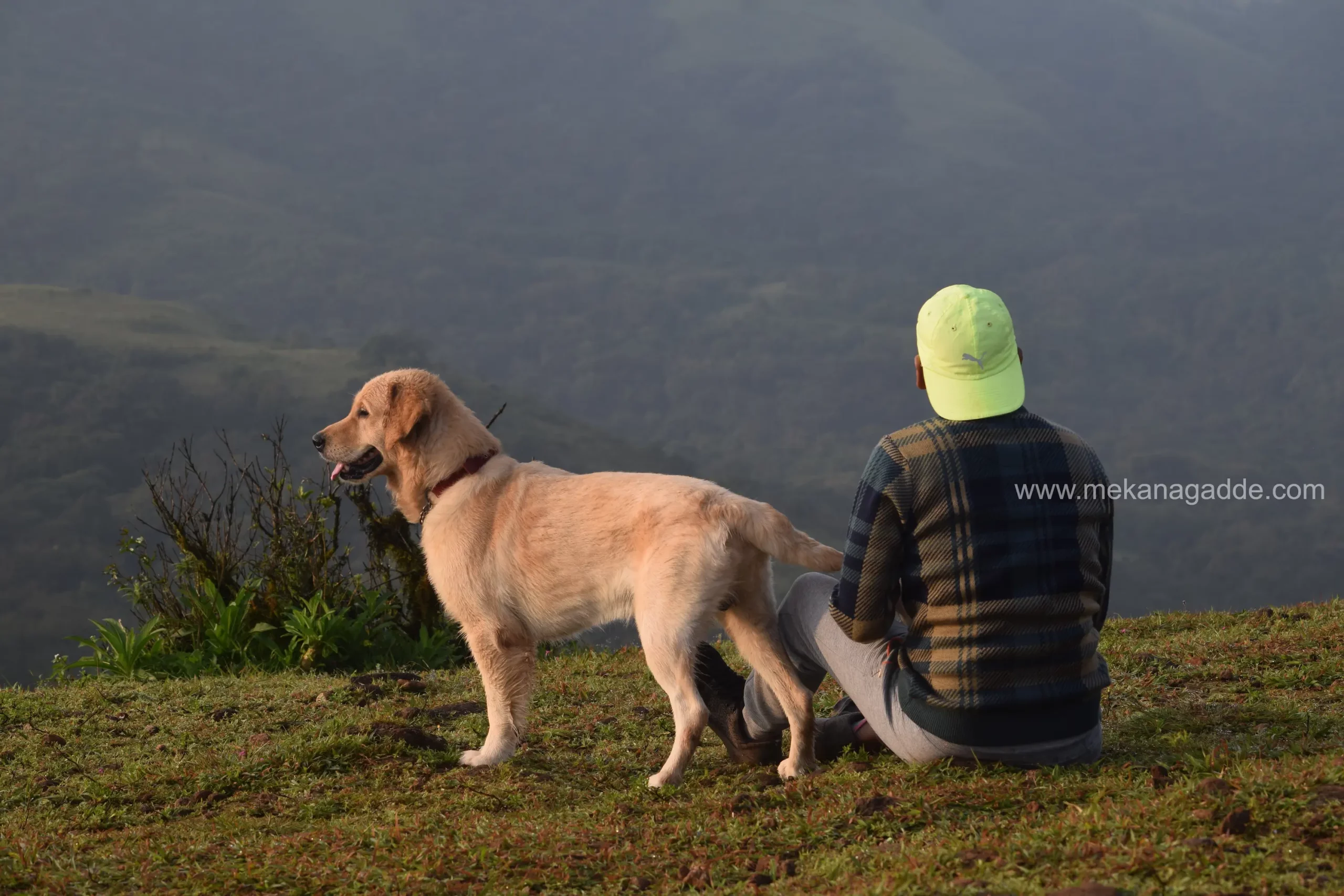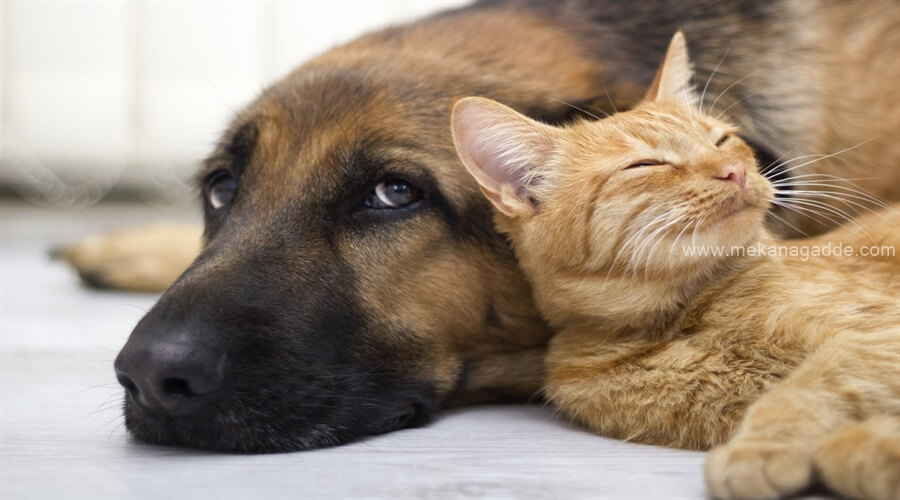If you are a pet owner, you know how hard it can be to find a suitable vacation spot that welcomes your furry friends. Many hotels and resorts have strict policies that prohibit pets, or charge extra fees for them. Some destinations may not have enough pet-friendly activities or amenities to keep your pets happy and safe. That’s why you need to plan ahead and do some research before you book your next trip with your pets.
In this blog, we will share some tips and advice on how to find and enjoy a pet-friendly vacation and stay. Whether you are looking for a relaxing beach getaway, a scenic mountain retreat, or a cultural city break, we will help you find the best options for you and your pets.

Here are some things to consider when planning a pet-friendly vacation and stay:
- Choose a destination that suits your pets’ needs and preferences. Some pets may love the water, while others may prefer the woods. Some pets may enjoy the hustle and bustle of a city, while others may need more quiet and space. Think about what your pets like and dislike, and look for destinations that match their personality and temperament.
- Check the pet policies of your accommodation before you book. Some places may allow pets, but only in certain rooms or areas. Some places may require proof of vaccination, microchip, or health certificate. Some places may have restrictions on the size, breed, or number of pets. Some places may charge extra fees or deposits for pets. Make sure you read the fine print and understand the terms and conditions before you confirm your reservation.
- Pack everything your pets need for a comfortable and safe stay. This may include food, water, bowls, treats, toys, bedding, leash, collar, harness, carrier, crate, litter box, waste bags, grooming supplies, medication, first aid kit, etc. You may also want to bring some familiar items from home to help your pets feel more at ease in a new environment.
- Plan your itinerary around your pets’ schedule and interests. Try to avoid activities that may be too stressful or boring for your pets, such as long drives, crowded attractions, loud noises, etc. Instead, look for activities that are fun and engaging for both you and your pets, such as hiking trails, dog parks, pet-friendly cafes, etc. You may also want to schedule some downtime for your pets to rest and relax in between outings.
- Be respectful of other guests and locals. Always keep your pets on a leash or in a carrier when outside your accommodation. Always clean up after your pets and dispose of their waste properly. Always follow the rules and regulations of your accommodation and destination regarding pets. Always be courteous and friendly to other people and animals you encounter along the way.
A pet-friendly vacation and stay can be a wonderful experience for both you and your pets. It can strengthen your bond, enrich your lives, and create lasting memories. With some planning and preparation, you can find and enjoy the perfect trip for you and your furry friends.


